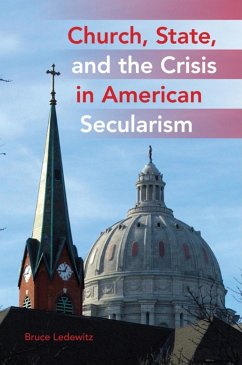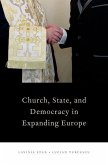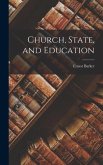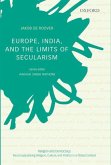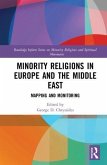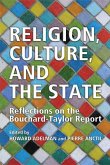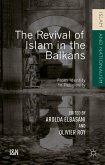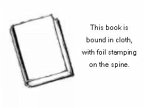There are two church-state crises today. The first is a crisis in interpreting the Establishment Clause of the First Amendment to the U.S. Constitution. Since 1947, the United States Supreme Court has promised government neutrality toward religion. But the public square is not neutral. The national motto is "In God We Trust" and the Pledge of Allegiance denominates us a nation "under God". The public square is not even neutral among religions. Government displays of the Ten Commandments and other biblical images are common and have been upheld as constitutional. The second crisis lies in the heart of a rapidly secularizing America. Because prominent atheists identify religion as an enemy, secularists are led into unthinking opposition not only to religious imagery but to all that religion represents, including the objectivity of values. Secularism is thus in danger of descending into relativism. What is needed to resolve these crises is a vision of the Establishment Clause that the American people can accept-one that honors religion while recognizing America's religious pluralism. In Church, State, and the Crisis of American Secularism, law professor and secularist Bruce Ledewitz offers that vision. Ledewitz argues that religious images, including references to God, contain secular meanings. Since the Declaration of Independence, religious imagery has been used to represent the objectivity of values and the universality of human rights. Government today should be permitted to utilize religious imagery to support similar secular ideals. This tradition is known as higher law. It teaches that there are objective standards of right and wrong, true and false, beautiful and ugly. The higher law tradition is secular and religious. Ledewitz's higher law proposal offers a justification of religious imagery in the public square that believers and nonbelievers can both accept. It invites the formation of a new political coalition and an end to the religious culture wars.
Hinweis: Dieser Artikel kann nur an eine deutsche Lieferadresse ausgeliefert werden.
Hinweis: Dieser Artikel kann nur an eine deutsche Lieferadresse ausgeliefert werden.

